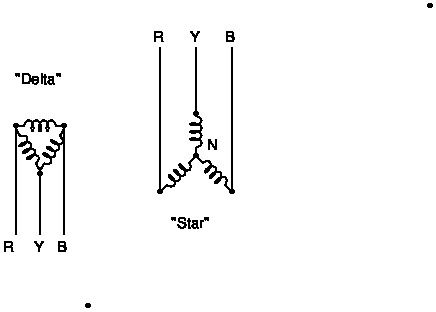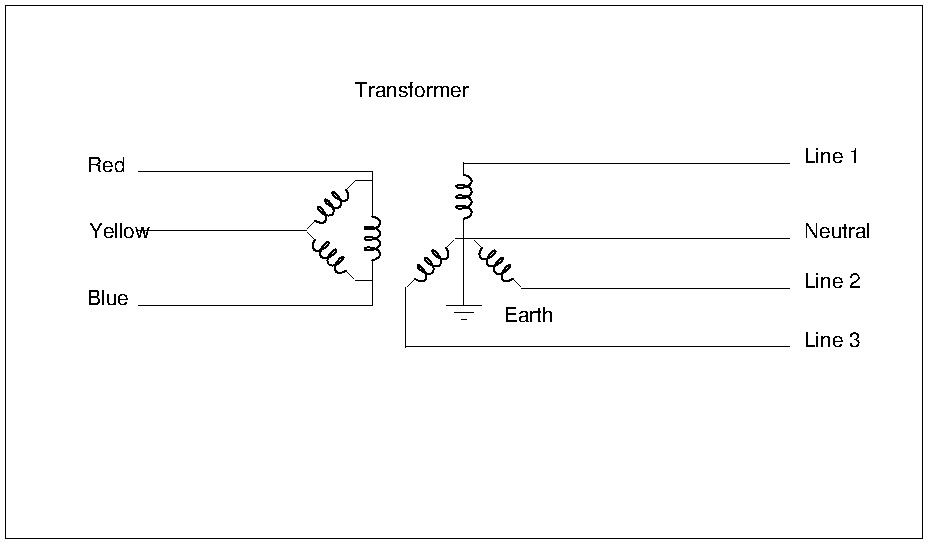Don't overthink it, is my advice! The motor is the place to start.
Your description of 3-phase is good, but how it's wired up can vary.
Inside a three-phase motor are three windings. They can be connected in two different ways, 'star' and 'delta':

When a motor is wired 'delta', each winding is connected directly across a phase. Wired 'star' two windings are wired across each phase, ie twice the resistance.
So a motor wired 'delta' runs off 230V 3-phase, while exactly the same motor wired 'star' needs 440V 3-phase.
Investigate your motor plate and perhaps the terminal box. Most, but not all 3-phase motors, bring the windings out to terminals. If so, the motor can be easily wired to run on either 440v or 230. It is possible to get high-voltage VFDs, but yours is probably the low voltage type intended for running a delta wired motor. Unfortunately not all motors bring the windings out, in which case it's necessary to dig around inside the motor to find and open the star point marked 'N'.
If you connect a motor in star (440v) to a delta inverter (220v), the motor may well run, but only at much reduced power. Reconfigure the motor to delta, and all should be well.
Using the VFD to change frequency provides speed control, rather than power. RPM is related to the number of poles in the motor and supply frequency. If the VFD is set to 50Hz, it will spin the motor at normal rpm. Increasing the frequency (don't go mad!) will over-speed it, while decreasing frequency will slow it down. Don't run the motor at slow speed for a long time because it might over-heat. (The motors fitted to machines designed for VFD control are usually fitted with a separate full-speed cooling fan. Older machines, designed to run at constant speed, may rely on an impeller directly attached to the motor to keep cool; impellers don't work at low speeds.) But, to get everything working just set the VFD to 50Hz and don't worry about "i need to reduce the frequency proportionally to the voltage in order for the VFD to work. I.e. 400/240 = 1.71 so reduce the frequency 50Hz/1.71 = 29.2Hz."
There are several chaps smarter and more experienced in 3-phase than me on the forum: worth waiting to see what they say!
Dave
Edited By SillyOldDuffer on 08/01/2020 10:45:21
Anonymous.




 , and making the centre point made available as 'neutral'. Note the consumer side of the transformer has 4-wires, plus – not shown – some kind of earth safety as well.
, and making the centre point made available as 'neutral'. Note the consumer side of the transformer has 4-wires, plus – not shown – some kind of earth safety as well.

